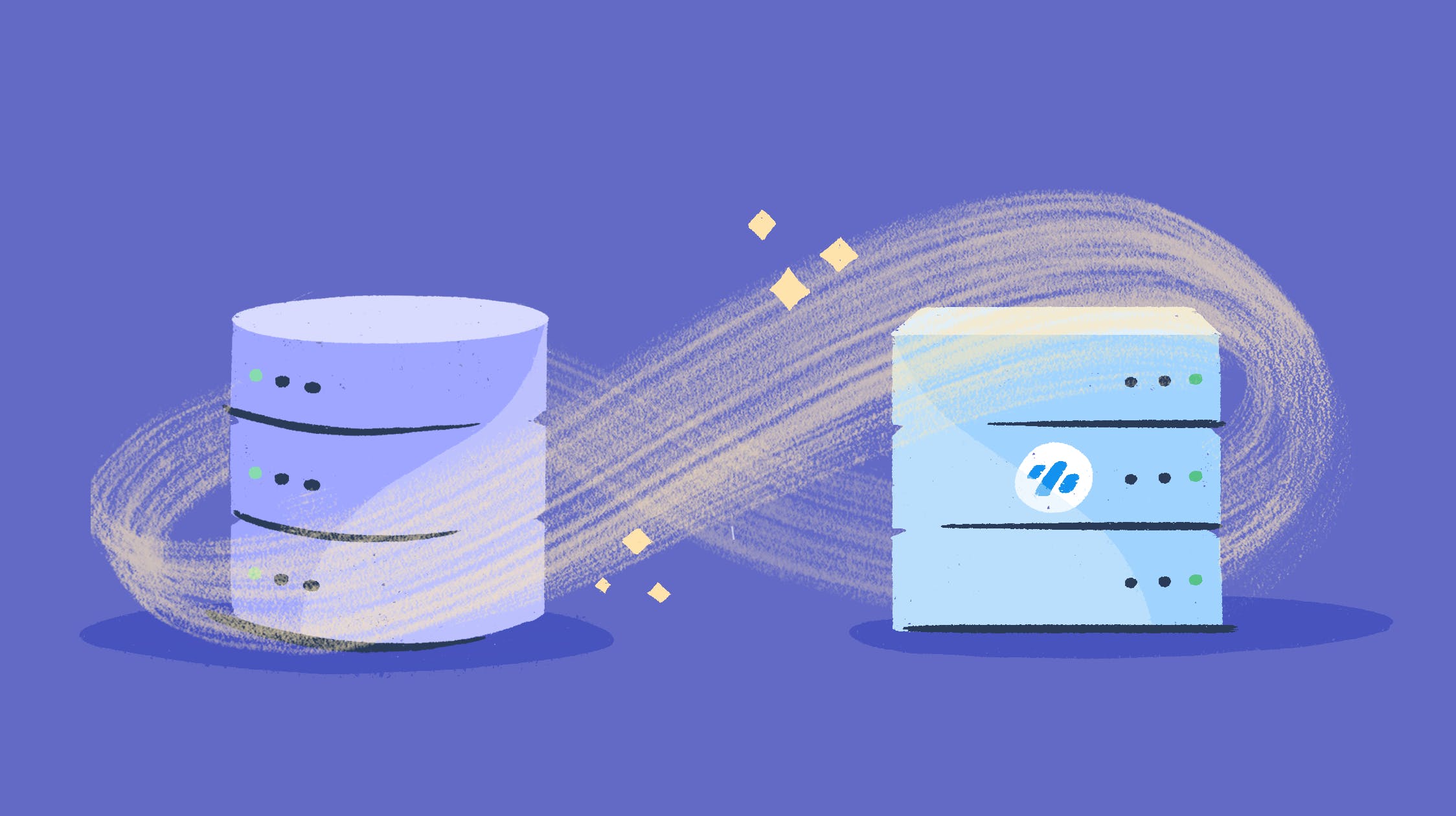The Non-Coder’s Guide to Using the Help Scout API


When I first started working in support, APIs — the Application Programming Interfaces that connect technical products — were a scary unknown. They involved code, and I’m no developer, so surely they were beyond my comprehension.
Then I wound up being hired to support a product that was entirely APIs. I discovered that with a little effort, I could learn how to use them, and you can, too.
APIs are just the specific words servers use to tell other software what to do. If you can help those inconsistent and wildly undocumented humans get things done with software, you can do the same for a nice predictable computer.
Below, you’ll see a video walkthrough of the Help Scout Mailbox API. Even if you’ve never used an API before, we’ll have you up and running before you know it.
This video is for support folks who are interested in learning how to get started using an API. You don’t need to be comfortable with code or the command line to succeed.
If you want to follow along with the video exactly, you’ll want to use Postman. Just create a free account and you can make use of any API through a friendly, graphical interface, with easy-to-read responses.
To save you some time, we’ve generated this collection of example API calls. You can copy and paste that text directly into Postman (I’ll show you how to do that in the video), or you can follow Postman’s knowledge base on how to import the calls.
If you work through this video, you will:
Understand what an API is.
Know how a RESTful JSON API works.
Be able to use our API to pull your own data.
Have next steps to learn more about APIs.
Notes on the video
During the video, you’ll see me make API calls with the following endpoints, using our API documentation:
Those calls cover the full range of HTTP verbs that Help Scout’s API uses:
GET — To show information about a resource
POST — To create a brand-new resource
PATCH — To update an existing resource by adding new data
PUT — To update an existing resource by overwriting existing data
DELETE — To delete an existing resource
Next steps
If this video got you excited about doing more with the Help Scout API, we recommend this Glitch app as a starting point. Glitch is a web app for sharing and working on other web apps. Bob Stalmach, one of our Help Scout Engineers, built a sample app showing how you can embed API calls into your own web app.
You can "remix" his sample app, add your own API token, and use that as the basis for your own app that uses our API.
If you’d like to learn more about APIs in general, we have some recommendations:
Browse the API documentation for your favorite apps.
Read Zapier’s Introduction to APIs.
Take Code Camp’s APIs for Beginners course.
Learning to understand and use APIs will help you deliver better service to your customers and may open up new options for your career and your personal projects. If you end up building something of your own using our API, please let us know. We’d love to see it!



